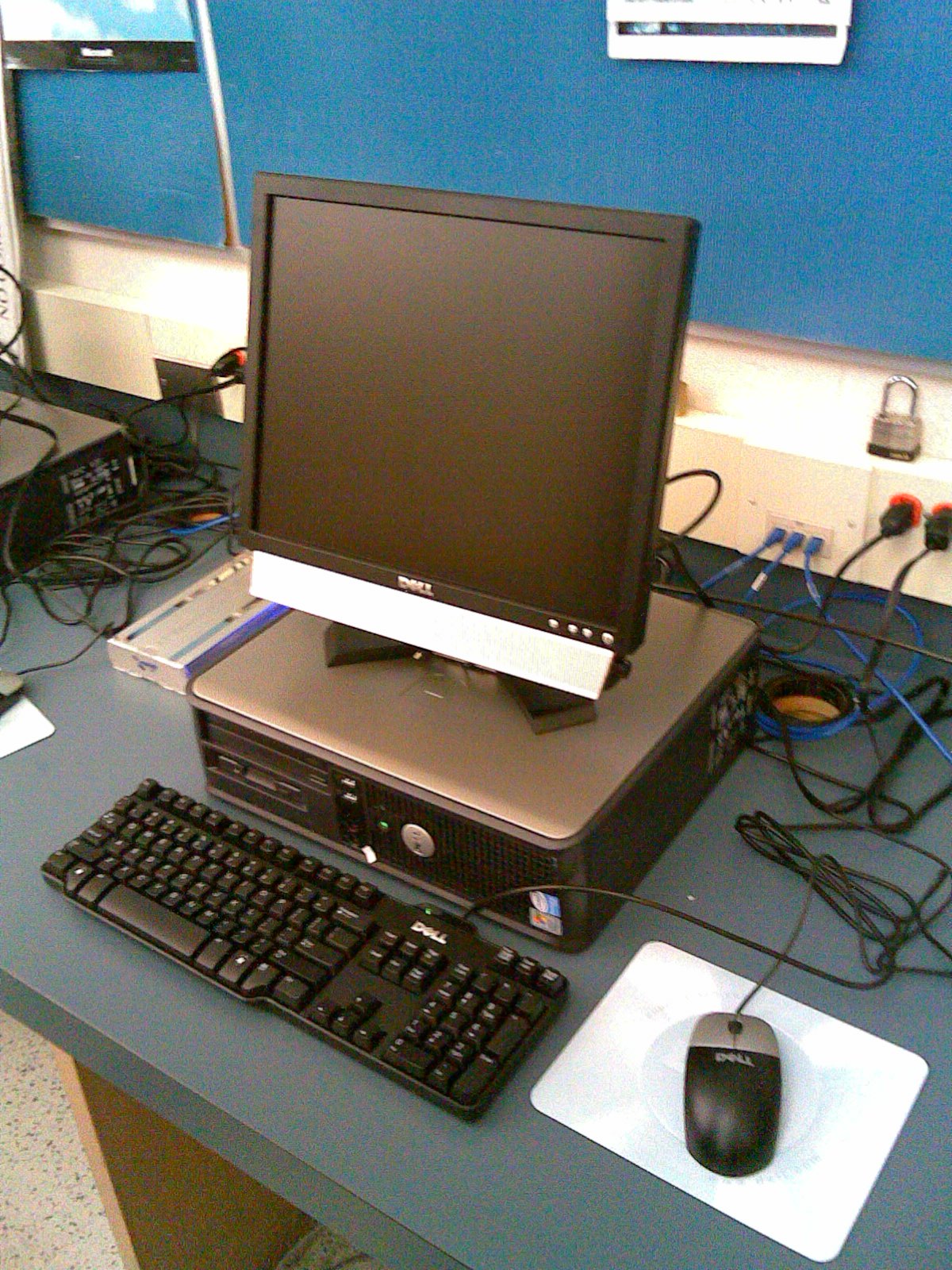The emergence of self-repairing circuits signifies a remarkable frontier in the field of electronics, melding engineering with biological inspiration. As technology advances at an exponential pace, the question elucidates itself: could we witness a future where computers possess the ability to heal themselves? This postulation beckons a dual exploration into the implications of such a transformative capability and the challenges that it may entail. Such an inquiry not only piques intellectual curiosity but also confronts fundamental questions regarding the evolution of technological autonomy.
At the intersection of materials science and electrical engineering lies a promising development: circuits engineered for self-repair. The conceptual underpinnings are grounded in biomimicry, aiming to emulate the self-healing mechanisms observed in natural organisms. For instance, human skin possesses the remarkable ability to mend itself when injured. Drawing from this profound phenomenon, researchers endeavor to endow electronic components with comparable attributes. However, articulating the practicality of this ambition necessitates a nuanced understanding of both current technological limitations and the theoretical frameworks that underpin self-repairing architectures.
Self-repairing circuits leverage materials such as conductive polymers and hydrogels that exhibit the propensity for self-healing when subjected to damage. These materials can restore their structural integrity and electrical functionality autonomously, thereby reducing the need for replacement parts and maintenance. Consequently, the lifespan of electronic devices stands to be significantly enhanced, leading to diminished electronic waste—a critical consideration in an era increasingly concerned with sustainability.
Nevertheless, upon consideration of such advancements, several formidable challenges arise. The integration of self-repairing technologies into existing systems necessitates compatibility with conventional components. For instance, current conventional electronics rely heavily on silicon, a medium that possesses limited self-healing capabilities. The endeavor to harmonize disparate material properties may lead to unforeseen complications in circuit design, limiting the efficacy of self-repair mechanisms.
Moreover, the question of cost-efficiency looms large. Developing and manufacturing new self-healing materials and circuits may incur significant expenses that could deter widespread adoption. Companies and consumers alike may exhibit reluctance toward investing in complex systems if the economic return remains ambiguous. Thus, innovative strategies for cost reduction must be pursued to catalyze the proliferation of self-repairing technologies in consumer electronics.
As we delve deeper into the implications of self-repairing circuits, it becomes evident that societal acceptance will play a pivotal role in their integration into mainstream applications. An intriguing dilemma unfolds: should we embrace the full autonomy of machines that can heal themselves, or does this raise ethical considerations concerning dependency on increasingly autonomous systems? The balance between human oversight and technological independence raises tantalizing questions regarding trust and reliability in advanced systems.
Furthermore, the integration of artificial intelligence (AI) into self-repairing circuits propels this discourse into uncharted territory. Imagine a scenario in which a computer not only detects a fault but also performs intricate repairs without human intervention. Such a paradigm shift could redefine our relationship with technology, simultaneously enhancing operational efficiency and raising potential concerns regarding cybersecurity. Self-repairing circuits, while offering the promise of increased resilience, may also present new vulnerabilities that could be exploited by malicious entities.
To mitigate these concerns, establishing robust security protocols within self-repairing systems becomes imperative. Ensuring that these autonomous mechanisms are safeguarded against cyber threats is crucial for maintaining the integrity of not only the devices themselves but also the information they process. The intersection of self-repair and cybersecurity embodies a complex interplay of technical challenges and ethical considerations that necessitates further exploration.
Existing prototypes of self-healing circuits have garnered attention within academic and industrial circles. Researchers from various fields collaborate to refine the properties of these materials, aiming to strike a harmonious balance between self-repair capabilities and functional longevity. The iterative advancements in material science, coupled with computational methods for predictive modeling, enhance the feasibility of self-repairing circuits in practical applications.
Despite the myriad of hurdles, the potential benefits of self-repairing technology are profound. Not only could such innovation facilitate the creation of more resilient electronic devices, but it could also extend the operational lifespan of critical systems, thus reducing resource depletion. Imagine a world where consumer electronics continually self-repair, minimizing the need for resource-intensive production cycles. The realization of such a future, however distant it may seem, beckons a more sustainable trajectory for technological development, prompting society to reevaluate its relationship with electronic waste.
In conclusion, the tantalizing prospect of self-repairing circuits encapsulates the intersection of creativity, engineering, and ethics. As the quest for self-healing technology progresses, the challenges posed by existing systems, cost considerations, societal acceptance, and cybersecurity demands must be deftly navigated. Acknowledging both the potential rewards and the intrinsic challenges will foster a robust dialogue about the future of autonomous technologies. The playful question emerges once again: can computers indeed heal themselves? As technological innovation persists, only time will unveil the answers hidden in the circuitry of the future.












